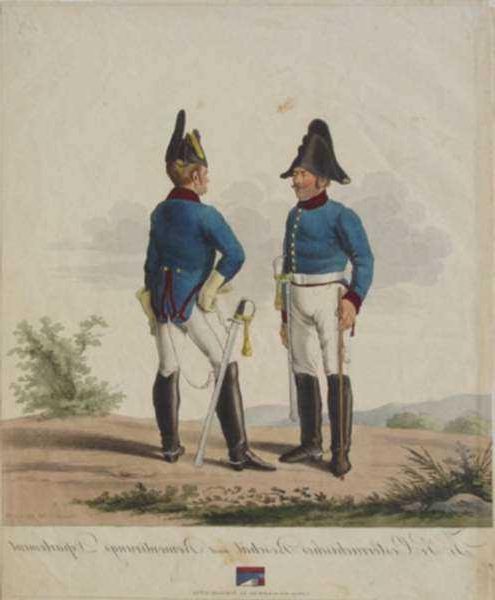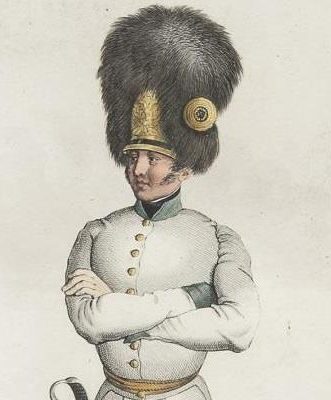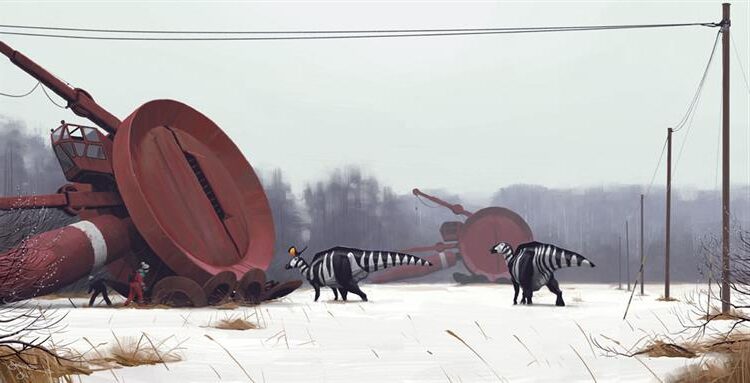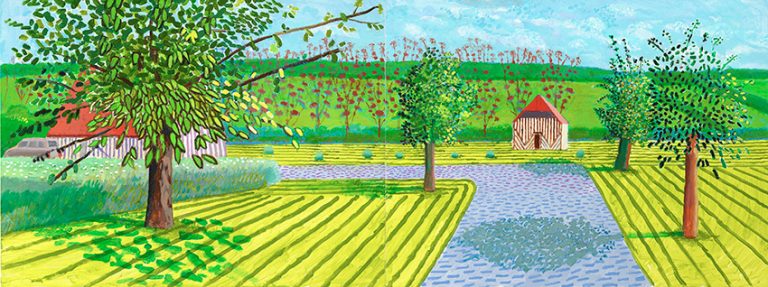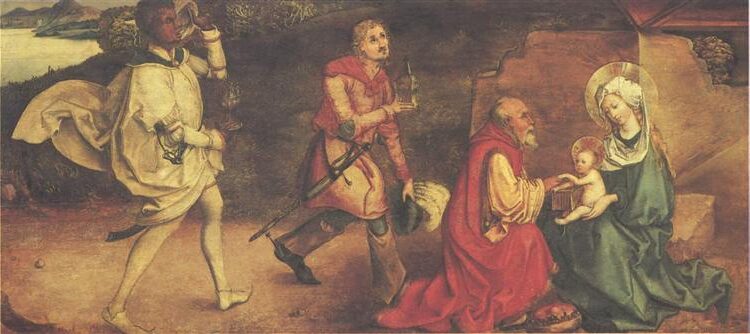Heinrich Papin Painter: 18th Century Dutch Master Rediscovered
Born: 1786 in Berlin, Germany
Death: 8 December 1839, Wien, Austria
Art Movement: Romanticism
Nationality: German-Austrian
Teacher: Jeanette Papin
Heinrich Papin Painter: 18th Century Dutch Master Rediscovered
Biographical Overview of Heinrich Papin
Heinrich Papin was a German-Austrian artist who lived from 1786 to 1839. He worked as a miniaturist, lithographer, and engraver during the Romantic period.
Early Life and Education
Heinrich Papin was born in 1786 in Berlin or Potsdam, Germany. He came from an artistic family. His mother, Jeanette Papin, was his first teacher. She taught him drawing and painting skills from a young age.
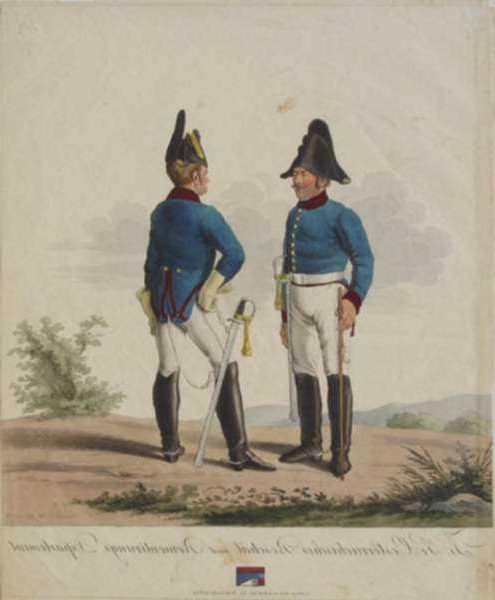

Papin’s grandfather was the famous engraver Daniel Chodowiecki. This family connection likely inspired his interest in printmaking. His father worked as a preacher, which may have exposed him to religious themes in art.
Career Highlights and Major Works
Papin moved to Vienna in 1816. He stayed there until 1820 and then returned in 1828. Vienna became his main workplace for the rest of his life.
He helped set up the Gerold printing company in Vienna. This job let him work on lithographs, a new type of printmaking at the time.
Papin created many miniature portraits. These small, detailed paintings were popular in the early 1800s. He also made engravings and lithographs of various subjects.
Influence and Legacy
Papin’s work fits into the Romantic art movement of the early 19th century. He helped spread lithography as a new art form in Vienna.
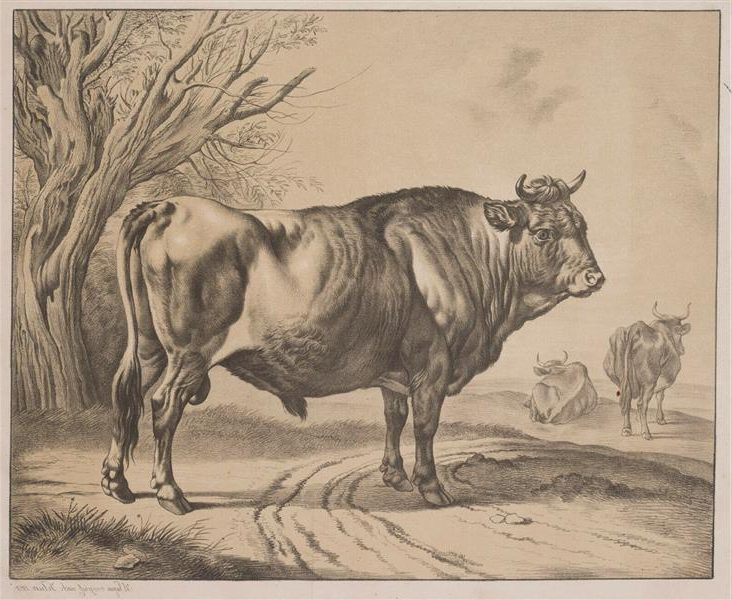
Breeding Bull (after Johann Adam Klein)
His miniatures and prints show his skill in detailed work. They give us a glimpse of the artistic tastes of his time.
Today, Papin’s artworks can be found in museums and art databases. They help us understand the art scene in Germany and Austria during the Romantic period.
Artistic Style and Techniques
Heinrich Papin made his mark through engraving and genre painting. He worked in the Romanticism style popular during his time in Germany and Austria.
Exploring Different Mediums
Papin focused mainly on engraving as his primary medium. He created detailed prints that showed his skill with this technique. Engraving allowed Papin to produce fine lines and intricate shading in his artwork.

The Woodcutters, after a drawing by Josef Lanzedelly) from 1819
He also painted genre scenes. These paintings showed everyday life and activities. Papin’s genre works gave glimpses into the world around him in the early 1800s.
Some of Papin’s known works include “Die Musikanten” from 1818 and “Royal Austrian Troops” from around 1820. These pieces showcase his talent across different subjects.
Contribution to Art Movements
Papin was part of the German-Austrian Romanticism movement. This style focused on emotion, nature, and the past. It moved away from strict rules of earlier art periods.
Romanticism valued individual expression. Papin’s works likely reflected this through their subjects and style. His engravings and paintings helped spread Romantic ideals.
Papin’s art fit into the larger shift happening in European art at the time. He worked as artists were changing how they saw the world and expressed themselves. His pieces added to the rich variety of Romantic art being created.
Cultural Impact and Artistic Recognition
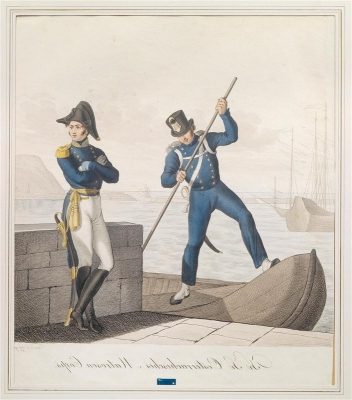
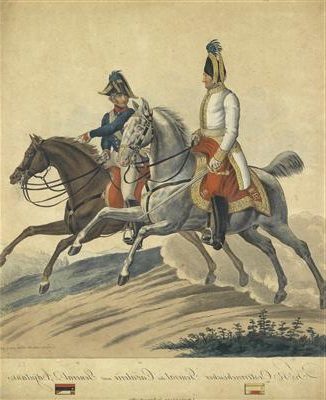
Heinrich Papin made his mark on German-Austrian Romanticism through his engravings. His works gained notice from art collectors and museums during his lifetime and after.
Achievements and Exhibitions
Papin’s engravings stood out in the late 18th and early 19th centuries. He created 11 known artworks that showcased his skill. Museums and galleries displayed his pieces alongside other German Romantic artists.
One of Papin’s notable works, “Die Musikanten” from 1818, drew praise for its detail. This engraving showed his talent for capturing musical scenes. Art critics highlighted Papin’s use of light and shadow in his prints.
Art Market and Collectors
Papin’s works have sold at major auctions. In May 1998, “Die Musikanten” came up for sale. This shows that collectors still value his art over 200 years later.


Art databases like WikiArt.org list Papin’s engravings. This helps more people find and enjoy his work today. Some collectors seek out Papin’s prints to add to their German Romantic art collections.
Modern giclée prints of Papin’s engravings let new fans own copies of his art. These high-quality reproductions keep his legacy alive for current art lovers.
Frequently Asked Questions
Heinrich Papin was an 18th-19th century German-Austrian artist known for his engravings and lithographs. He created works depicting animals, rural life, and landscapes in the Romantic style.
What are the most famous works of Heinrich Papin?
Papin’s most well-known pieces include “Breeding bull” from 1818 and “The woodcutters.” He also created a series of lithographs showing scenes of rural life and labor.
How did the style of Heinich Papin evolve throughout his career?
Papin started with etchings and later moved to lithography. His early works focused on animal subjects, while his later pieces expanded to include more human figures and landscapes.
What artistic movements is Heinrich Papin associated with?
Papin is linked to German-Austrian Romanticism. This movement emphasized emotion, nature, and individualism in art during the late 18th and early 19th centuries.
Which galleries or museums exhibit Heinrich Papin’s paintings?
Some of Papin’s works can be found in art databases and online galleries. Physical exhibitions of his pieces are rare, but specialized museums of Romantic art may display his engravings.
Who were the contemporaries or influences of Heinrich Papin?
Papin worked after drawings by Josef Lanzedelly and Johann Adam Klein. These artists likely influenced his style and subject choices in rural and animal scenes.
What impact did Heinrich Papin have on the art world?
Papin contributed to the development of lithography as an art form. His detailed engravings of animals and rural life helped document 19th-century European countryside scenes.


